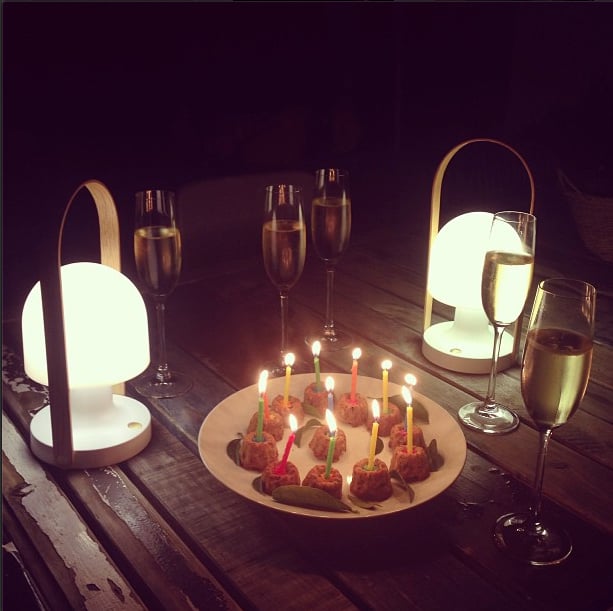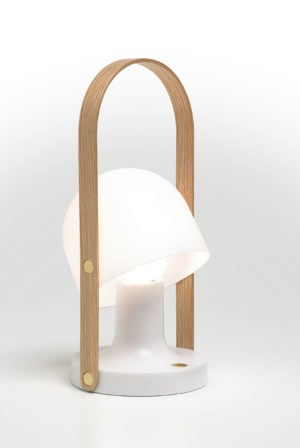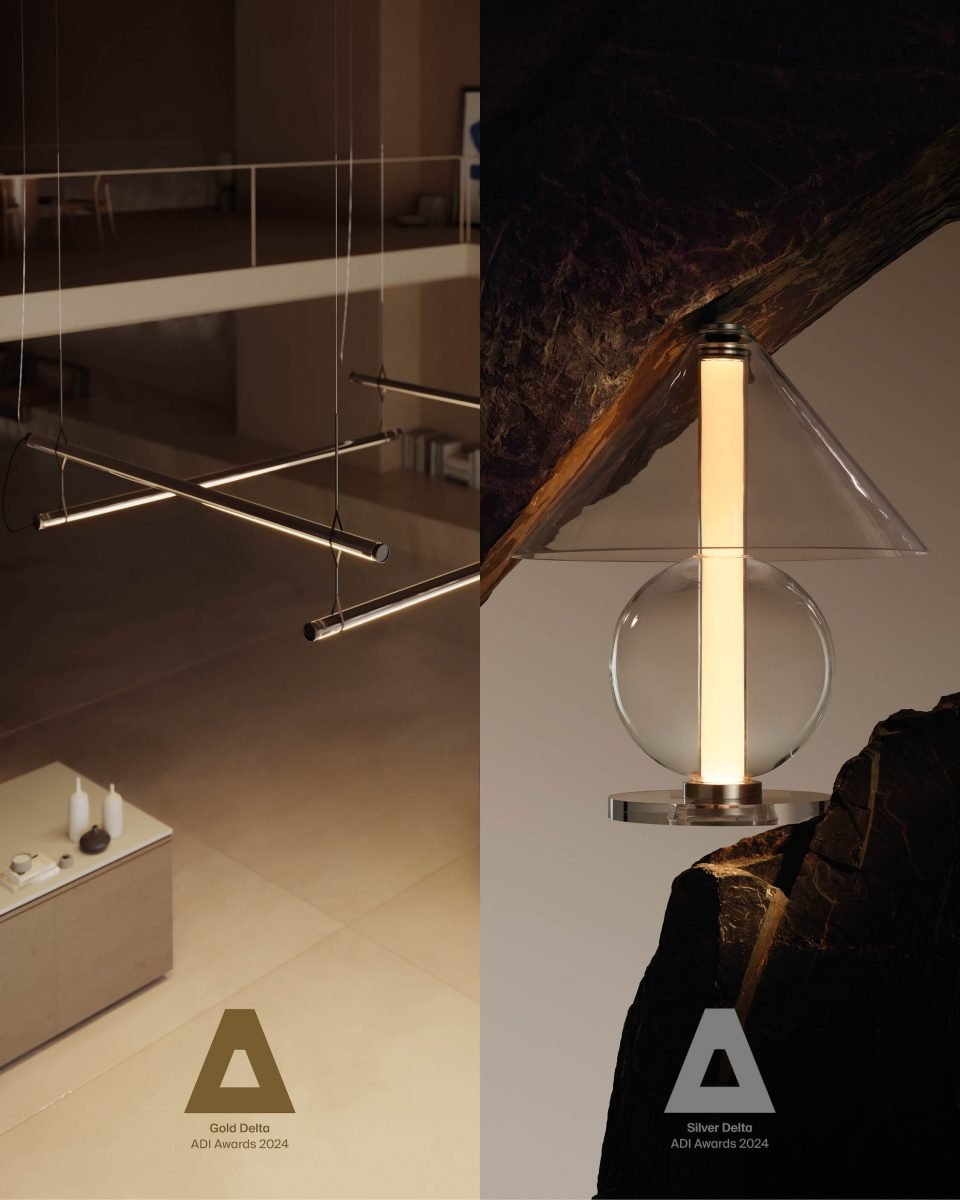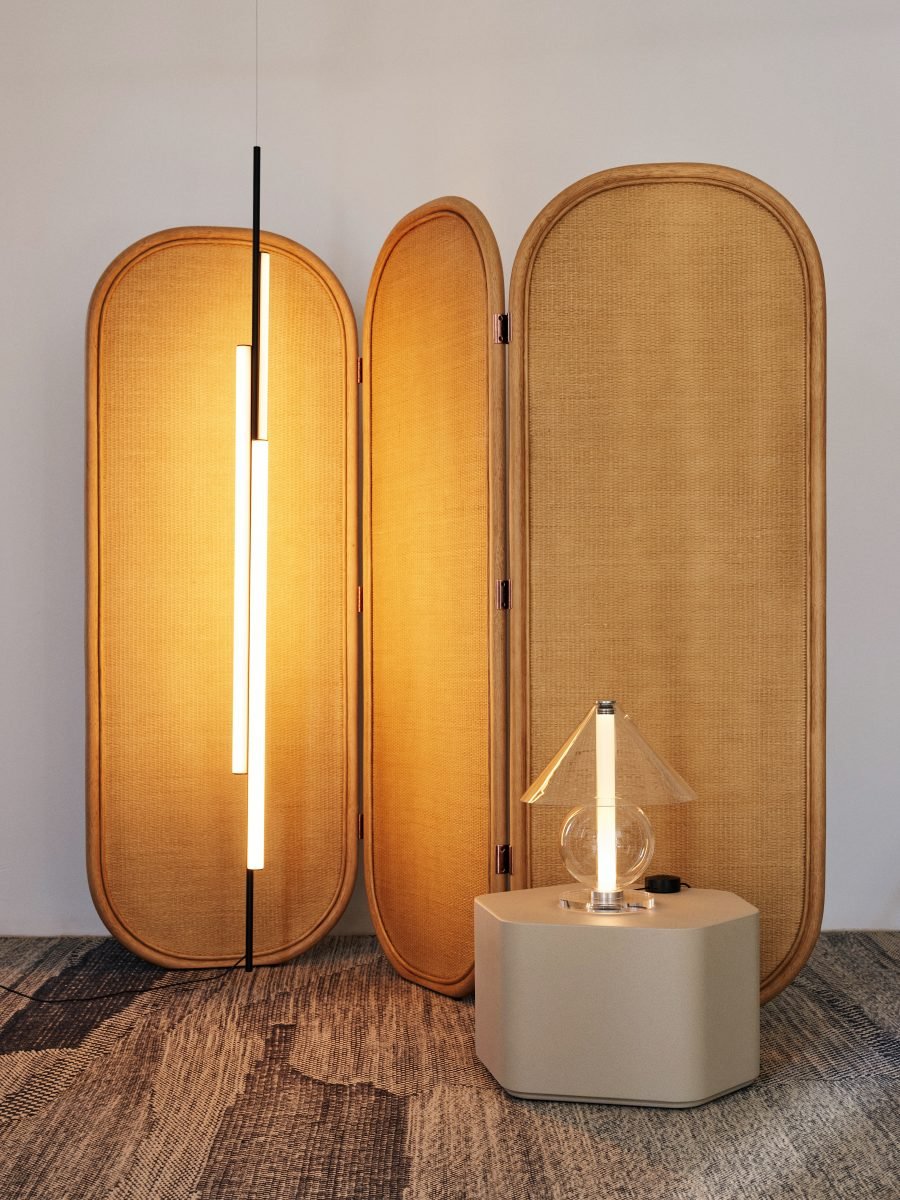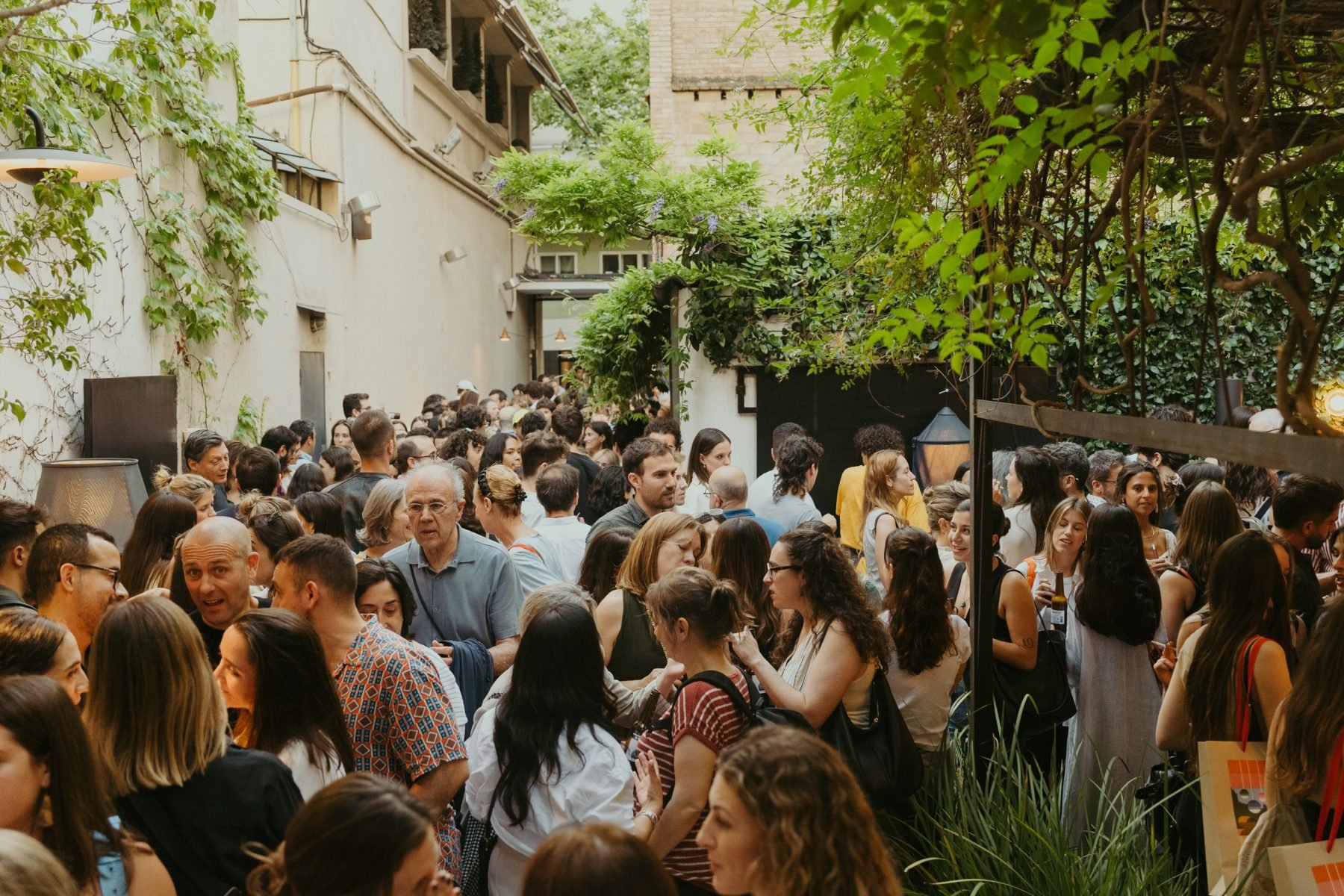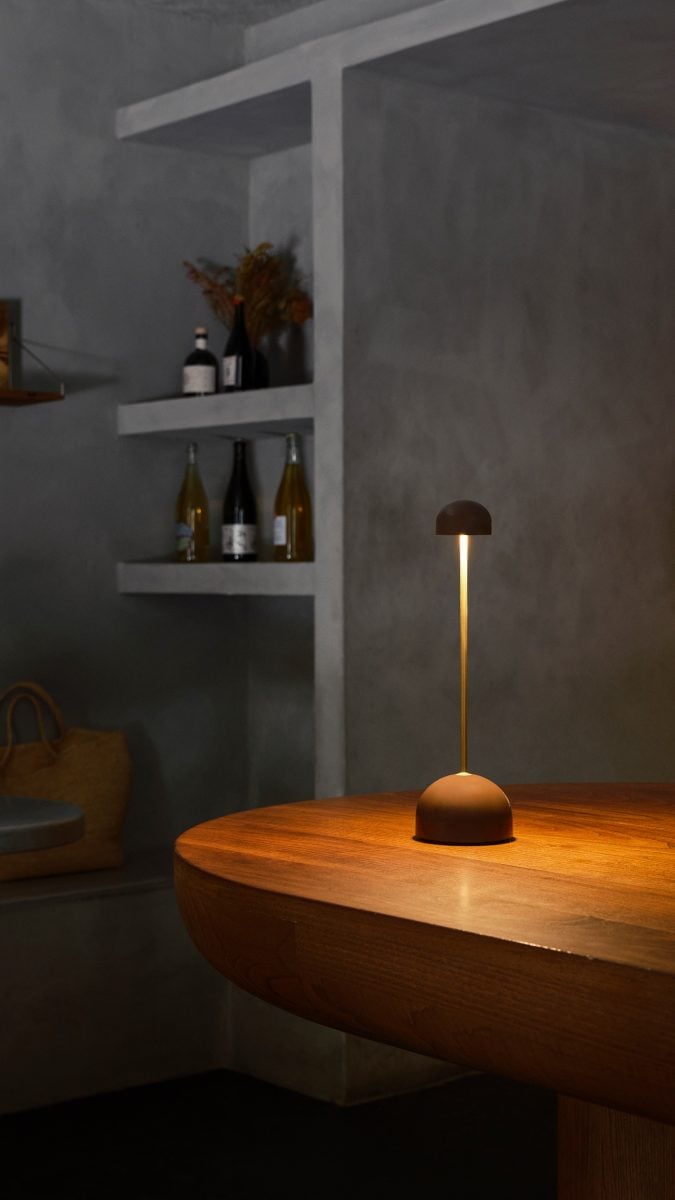Inma Bermúdez discusses her FollowMe lamp
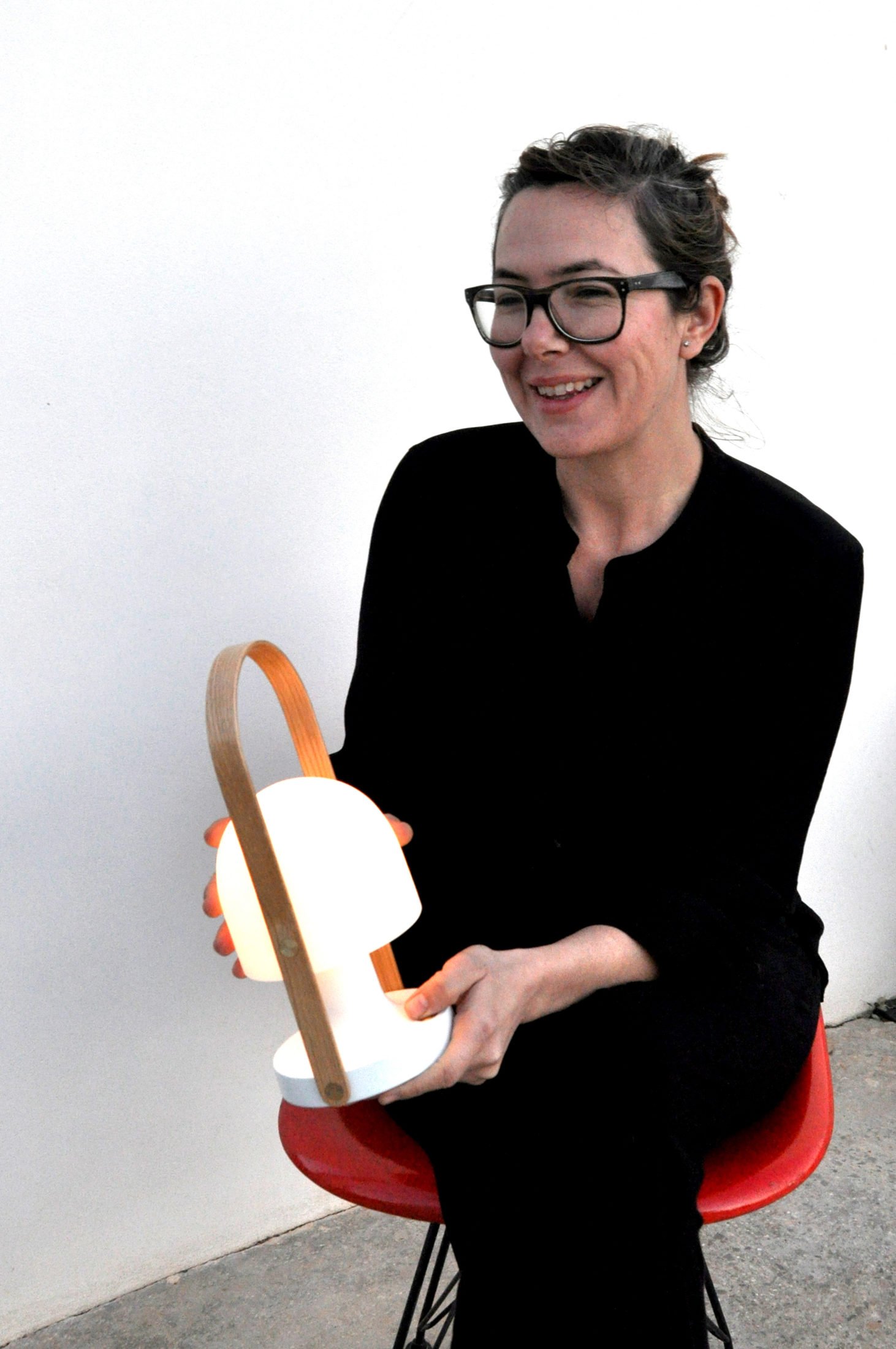
She was born in Murcia in 1977, although at the tender age of one week Inma Bermúdez moved to Valencia, the city where she studied design which is also becoming a fount of new creators in Spain. Today she works for a wide variety of companies in different countries. With FollowMe she feels that she is adding a feminine touch to the Marset catalogue, where until this past season all the lamps were created by male designers.
Based at her country house 20 km from Valencia – where she lives surrounded by dogs, hens, a vegetable patch and nearby family to keep up the traditional Sunday paella – today she travels anywhere in the world if it means launching a new project.
–The FollowMe lamp is your first project for Marset. How did you start working with this company?
– I met Javier Marset and Joan Gaspar in Moscow five years ago on a trip of Spanish businesses exhibiting there. At that time they told me that I was invited to make a product for them. I started working on this lamp two years ago, and I had to “wrestle” with it quite a bit. Marset has no female designers, and in my studio we found his catalogue quite male-dominated. Perhaps the only remotely feminine model is the Discocó. Marset is a company with an extremely high technological level, and that’s fantastic. But at the same time I wanted the FollowMe to be a departure from that cold tone sometimes associated with technology. To me, this lamp is like a treat – something likeable and warm.
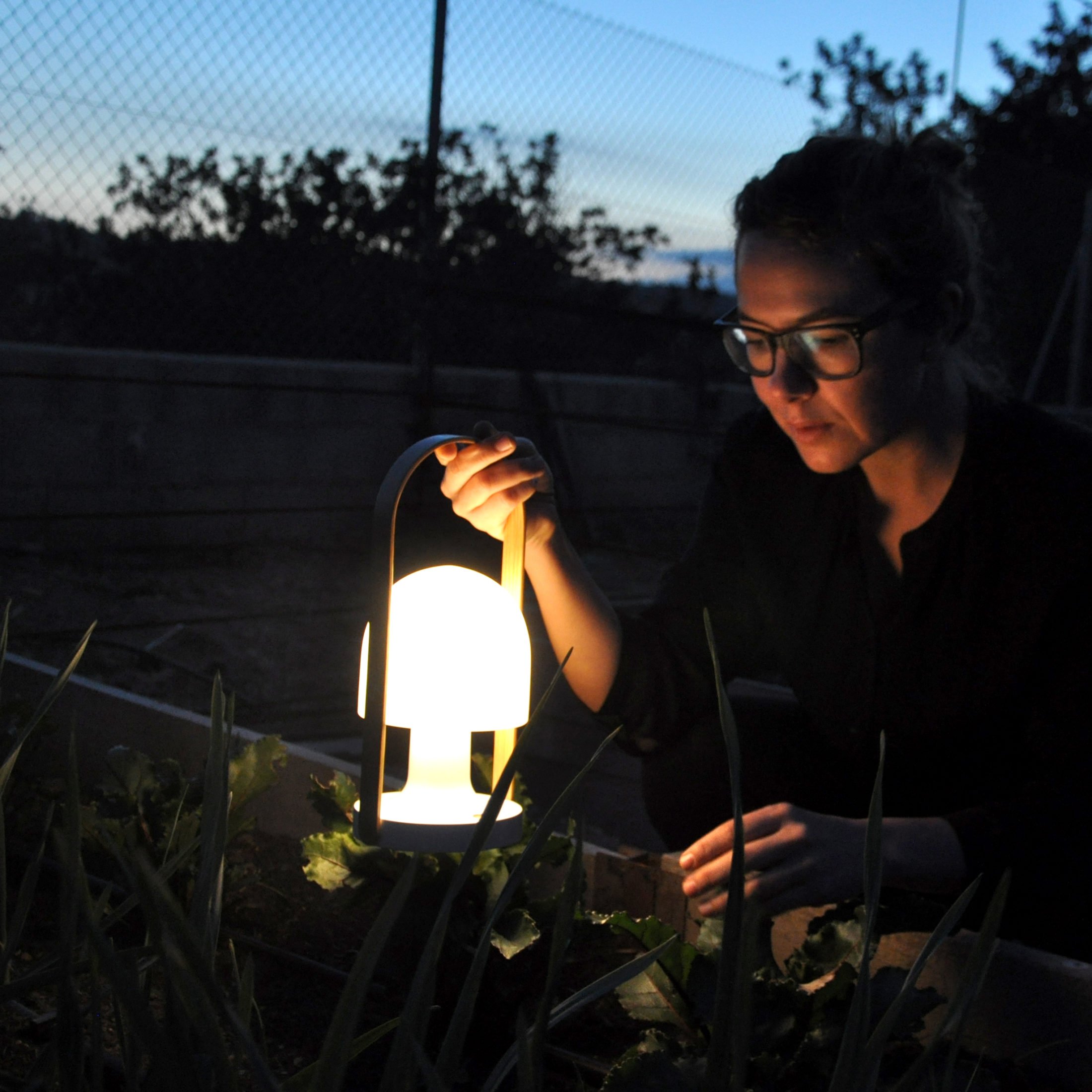
–I see FollowMe almost like a personal accessory. Not a bag, of course, but you can carry it with you wherever you go.
– A personal accessory – I like that! At home we have hens and roosters that climb the orange trees to sleep. It’s really amusing to see them there. One day I imagined a lamp hanging from the branches amidst the animals. When you design, you generate images in your head; you dream a bit.
Yet it is also very important to make it clear that it is a table lamp. But the catch is that it’s fun and you can also carry it with you outside or on a picnic with your partner. However, its main place is on a table, with the added mobility factor. It runs with a built-in rechargeable battery, and it has a USB port and a cable to plug it into the electrical grid. It also comes with a dimmer to regulate the intensity and provide warm, perfect lighting.
–The origin of FollowMe lies in the Marset catalogue from the 1970’s.
– I asked Javier Marset for the company’s old catalogues because I wanted to know what they used to do. I saw the Flass model and I was captivated by how the swinging dome of the lampshade was held in place. Inspired by that detail, I started to make my first sketches. I showed them to Javier and he talked to me about a niche in the small, “autonomous” lamp market. It can go many places, both at home and in restaurants or terraces that have no electrical outlets. Or it can replace candles when safety issues or the wind recommend it. It is made with LED technology, although it is placed inside a sphere to make it resemble a traditional light bulb so it seems more familiar to users.
-Is this the first lamp you have designed?
– No, I’ve done several. Here the main challenge was to create a lamp you could fall in love with; for as many people as possible to understand it and for it to spark some kind of feeling. That is what happens to me when I buy something or save up for something I want: I want it to be very special.
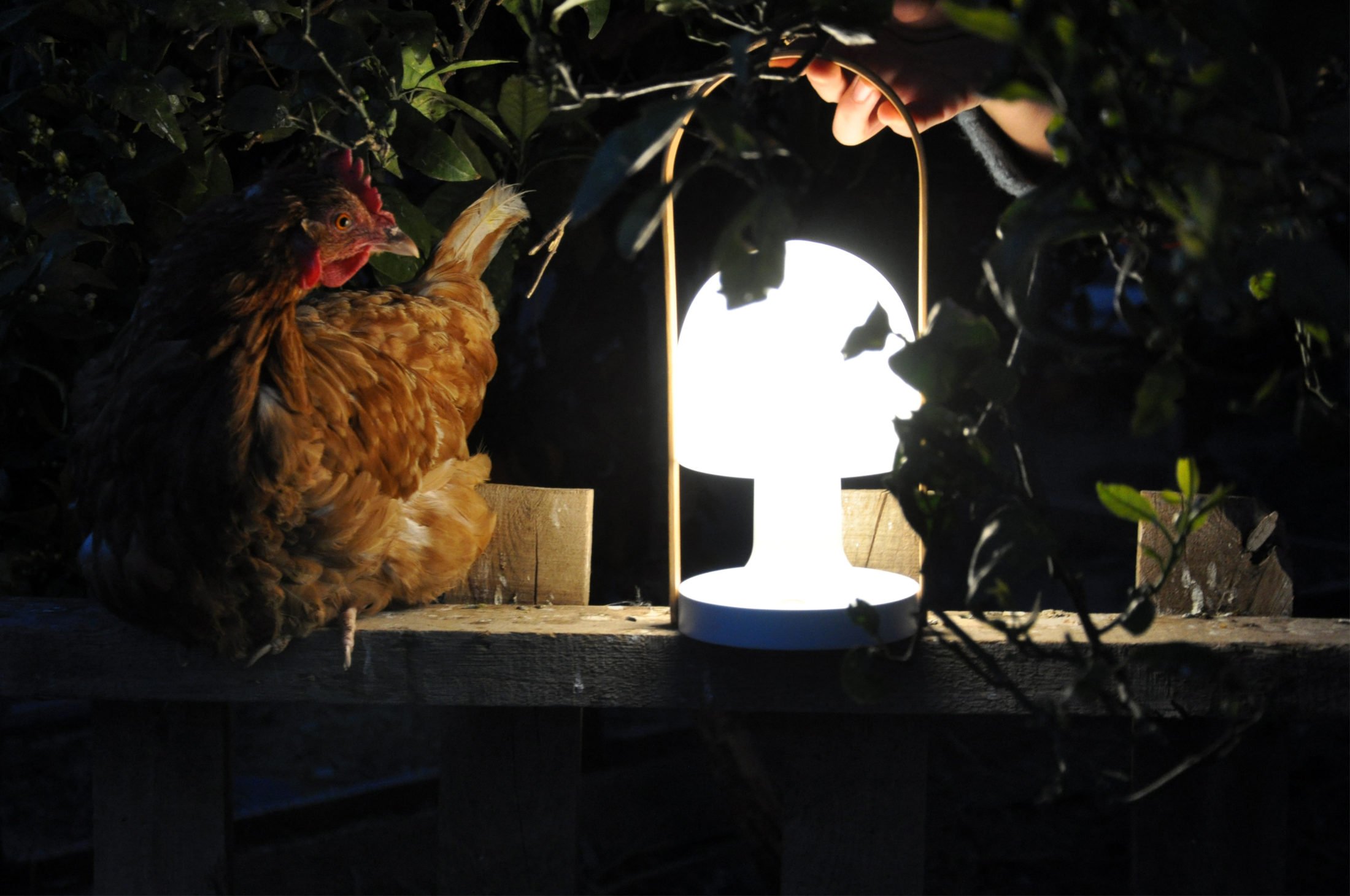
– Since 2006, you have been working for a company that few people have never heard of: Ikea. How do you approach your work with Marset, which is not such a household name yet I imagine would like to sell just as much.
– If you want to reach a universal audience, you have to design for young and old people alike, for both East and West. The product has to be very clear. The client should not have to think about how it works. That is the challenge, though it’s not at all easy. Then you have to factor in the price, so you have to keep in mind the factors that raise it: packaging, transportation. Multiculturalism is very important, too. But simplicity and price alone would be a bore, so you also have to bring in technology, different style codes and signature products.
– We want to be global yet we also ask for originality.
– The Swedes like to seem like your neighbor. They feel more comfortable that way. Spain does not want to be the same. It wants to be more than just your neighbor.
– Where is this distinctive character?
– To me it’s the Mediterranean character. What I really like about Marset is its way of communicating, its marketing campaigns where they tell what lies behind each product. I think that today you have to be a bit romantic. Fun, too. You have to know how to veer away from the conventional.
– Now that you mention romantic, this is a visible trend in design today, albeit with very different approaches. Why do you think this is?
– It is clear that when you have been living with globalization for some years, you travel, you see the same stores, the same chains… you need something to counteract that, something genuine and unique. I am not in favor of consumerism but instead of buying or saving up for something you consider special.
At home we have quite a few pieces of furniture and objects from the grandparents of my partner, who is German. Sofas by Finn Juhl and other 20th century pieces. I really like those periods. In the past, people valued their purchases. In Spain a sideboard costed a fortune. Today it’s the opposite. This relationship has vanished.
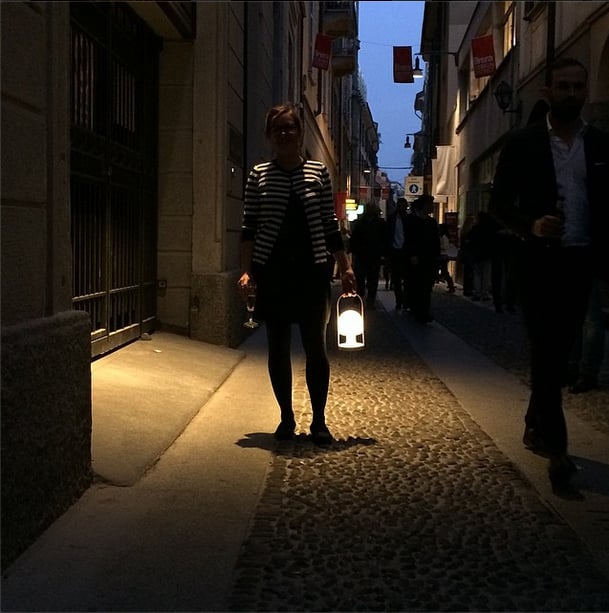
– Your generation approaches design in a more relaxed fashion. Sometimes it plays at being naïf.
– Design didn’t use to be such a common profession, and it had closer ties to manufacturing processes. This is fundamental to resolving any process. But we have taken this for granted. In Jaime Hayón, with whom I have worked, there is hilarity, laughter, humor. Anything can be industrially manufactured, but everything also has an artisanal side, without sacrificing top-notch design, of course.
– How would you define your role as a designer?
– My point of view is that I provide clients with a solution. If I am working for a Swedish company I give this company a solution. If I’m working for a Valencian company I do the same. If I’m working for Marset I give Marset a solution.
I feel fortunate to work with a wide variety of clients. One day I disguise myself as this brand, the next day I dress up as another. I like to think that I am versatile and can adapt to the needs asked of me.
